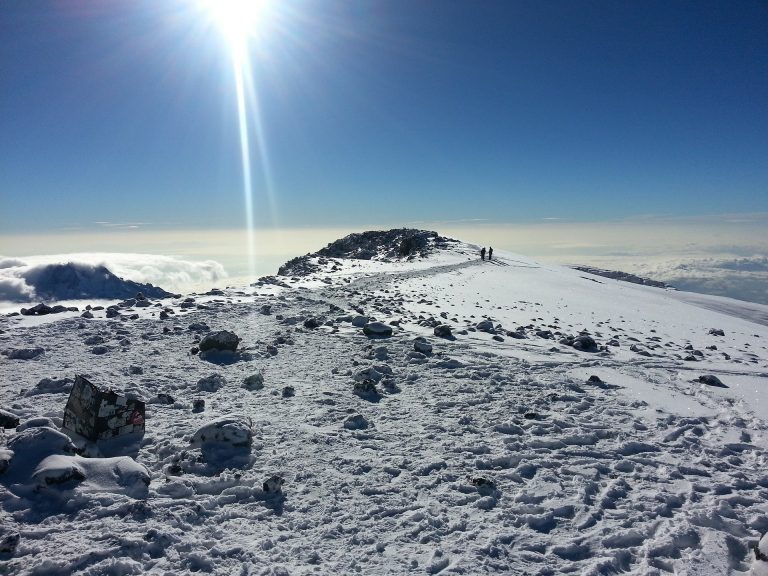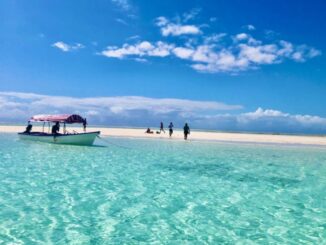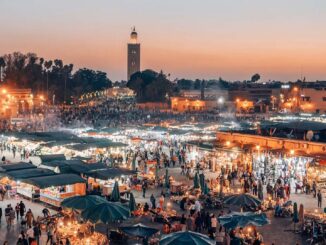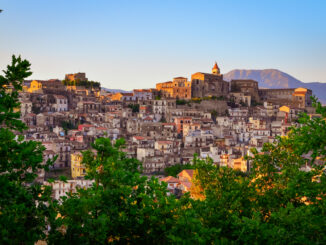
The conditions of the perennial snow of Kilimanjaro, the most famous mountain of the entire African continent, are increasingly tragic. This imposing and spectacular mountain, which reaches 5895 meters high, is the highest peak in Africa. However, almost 6000 metres in height do not seem sufficient to escape the effects of climate change.
The Kilimanjaro is a “stratovolcano” (i.e. a volcano of conical shape consisting of the overlapping of several layers of solidified lava) in the phase of dormancy. Very little is known about its origins and the latest eruptions. In 2003, volcanologists noted the presence of a certain amount of magma just 400 meters below the crater.
This could suggest the risk of a possible eruption in the future.
Kilimanjaro Ice Melting over the Years
Since 1912, the glacier that covered the entire summit of Kilimanjaro has visibly retreated by 75%. Over the years, the situation has only worsened. In fact, the volume of ice is now 80% smaller than it was a century ago. The causes of this phenomenon are the continuous increase in temperatures and the rise in the line of “thermal zero“. Thermal zero is the altitude above which the air temperature always remains below zero.
In 14 years, from 1984 to 1998, the glacier at the top of the mountain has fallen by more than 300 meters. A 2002 study, and subsequent studies by various glaciologists, have shown that if current conditions continue in the coming years, glaciers may even disappear by 2022. In fact, already in 2005 there was little or nothing left of the glacier on the mountain. It was even the first time in 11,000 years that rocky portions of the summit remained exposed.
The Situation in the Nearby Mountains
Just north of Kilimanjaro is Mount Kenya, which at 5199 meters is the second highest peak on the African continent. Mount Kenya has a number of small glaciers that have lost at least 45% of their mass since the middle of the last century. According to research by the U.S. Geological Survey (USGS), there were eighteen glaciers on top of Mount Kenya in 1900. Already in 1986 there were only eleven glaciers left. The total area covered by the glaciers was 1.6 square kilometers in 1900. Since 2000, only about 25%, i.e. about 0.4 square kilometers, remained.
To the west of Kilimanjaro and Kenya, there are other mountains which are suffering because of global warming. They are Rwenzori Mountains, which reach 5109 meters. The photographic evidence of this mountain range indicates a marked reduction in the areas covered by ice in the last century. In 35 years, between 1955 and 1990, the glaciers on the Ruwenzori Mountain Range have fallen by about 40%.









Leave a Reply